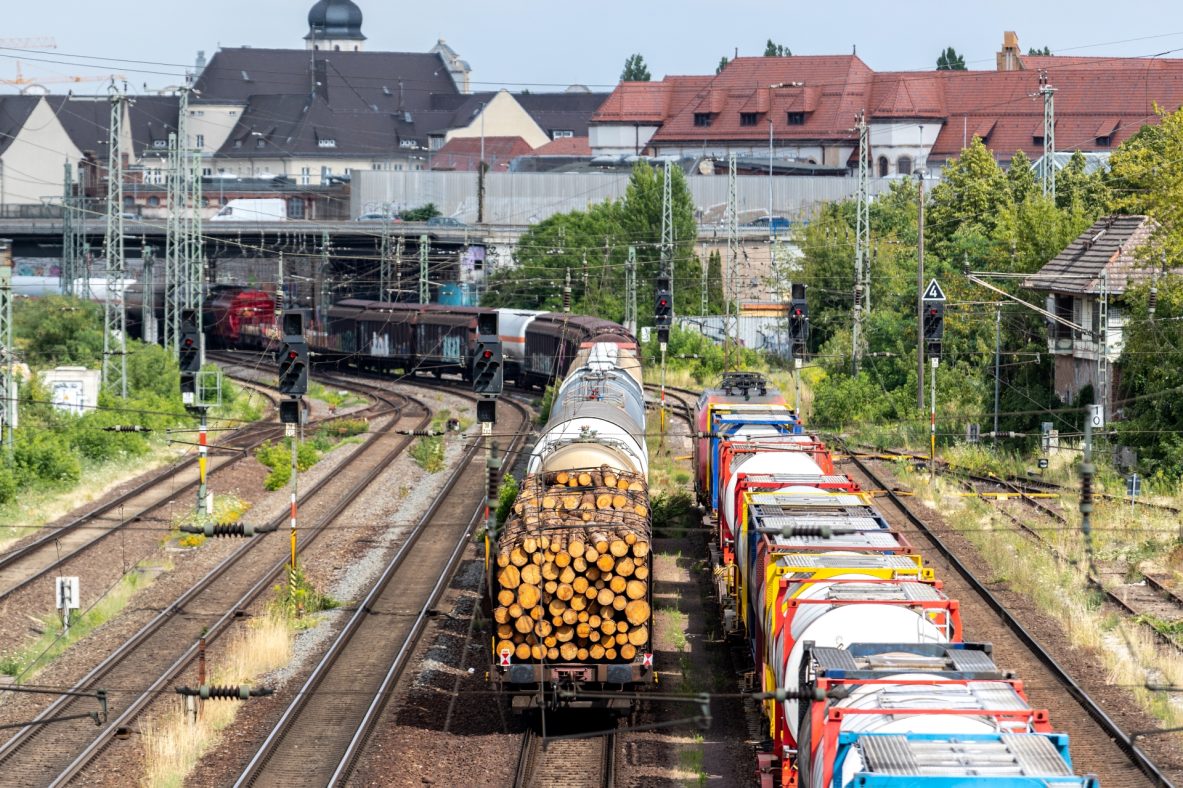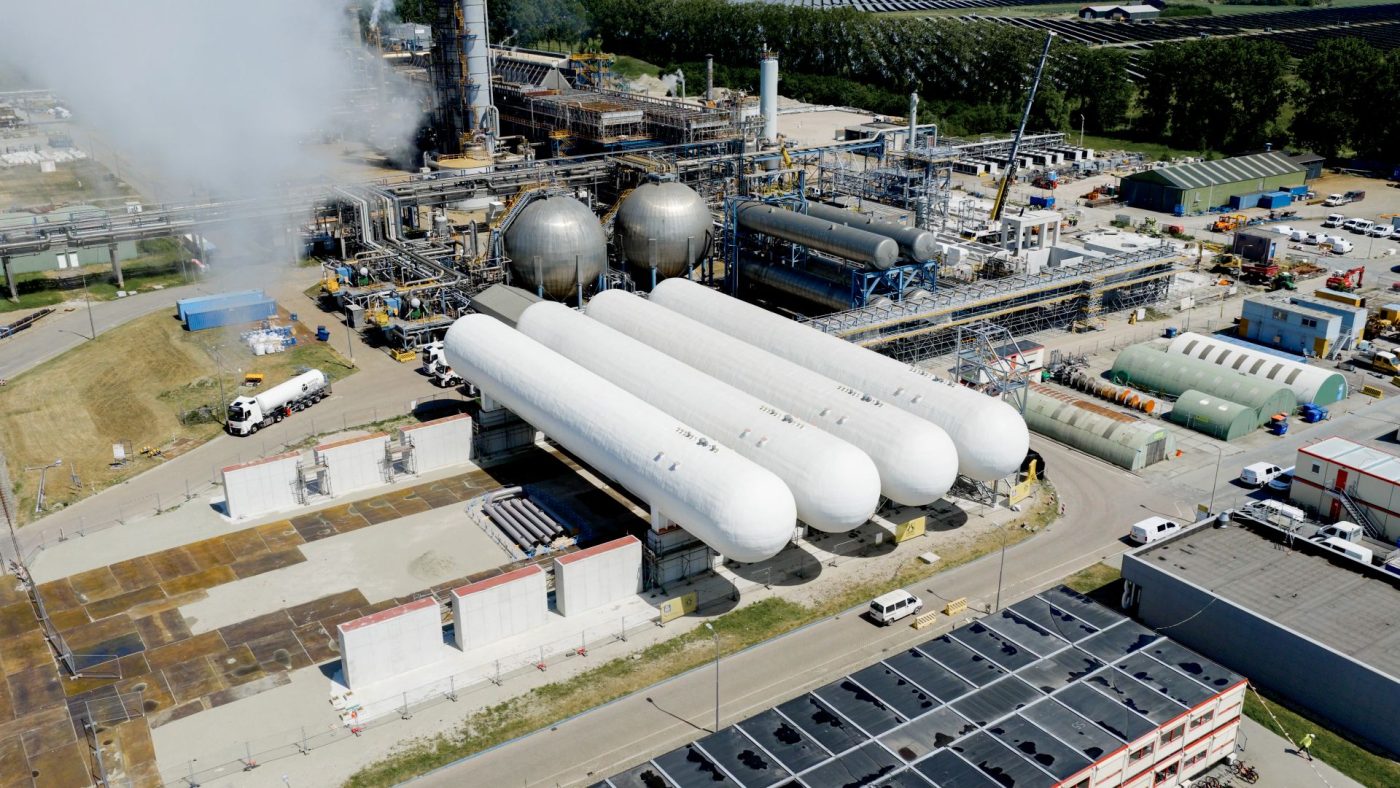Europe’s electric car divide: why the Single Market is failing citizens
Europe’s electrification strategy stands at a crossroads. Without addressing the fragmented rollout of EV infrastructure, uneven incentives, and gaps in affordability, the EU risks missing its 2035 target —and weakening its industrial base just when it needs unity most.

Europe’s path to decarbonisation has been defined by ambition. The decision to phase out internal combustion engines by 2035 and place battery electric vehicles (BEVs) at the core of the Green Deal represents one of the most transformative industrial shifts in EU history. Yet, five years into implementation, the data tell a sobering story: Europe does not have a true Single Market for zero-emission mobility and consumer demand is not keeping pace.
Today, BEVs account for roughly 16% of new registrations across the Union, but the gap between countries is stark: in the Netherlands (35%), Denmark (63.8%), or Belgium (32.8%), electric cars have become mainstream. But in much of Central, Eastern, and Southern Europe, uptake remains in single digits. What was supposed to be a pan-European transition has, in practice, become a tale of two markets.
This imbalance is not just statistical; it reflects a structural divide in Europe’s competitiveness. A Union founded on industrial convergence now risks a two-speed green transition that could deepen divides between its Member States.
The problem is not a lack of ambition, but rather a lack of coherence. Charging infrastructure remains fragmented, with differing standards, payment systems, and coverage across the EU. Over 70% of Europe’s public charging points are concentrated in just five Member States. Interoperability across borders is patchy, and rural areas still lack sufficient chargers to make electric mobility viable. In Spain, fully electric vehicles accounted for only around 8% of new car registrations in the first nine months of 2025, whereas in the Netherlands the share reached about 35% in 2024. This disparity underscores how far we are from a truly integrated Single Market.
Consumer readiness follows the same pattern. Taxation schemes, purchase incentives, and total cost of ownership calculations differ widely from one country to another, generating uncertainty for households and small businesses alike. Some might argue that these differences simply reflect purchasing power, that wealthier countries can afford faster electrification. Yet this does not tell the whole story. Portugal, with a lower average income than Spain, has implemented more coherent fiscal and incentive schemes to reduce the total cost of ownership, and today counts almost three times as many electrified vehicles as its neighbour. As a result, citizens’ confidence in the transition is uneven, despite the massive investment plans of the industry.
The industrial reality check
Few sectors illustrate Europe’s industrial interdependence better than automotive manufacturing. Employing 13 million people and generating 7% of EU GDP, it connects suppliers from Zaragoza to Stuttgart and innovators from Gothenburg to Turin. But this backbone of European industry is now under pressure.
Rising energy costs, slow permitting and increasingly complex regulation are chipping away at the competitiveness of EU production compared to the United States or China. The recent collapse of Northvolt -a once-symbolic European battery champion- has reminded policymakers that industrial ecosystems cannot be willed into existence by regulation alone. Building capacity and know-how takes time, capital, and a stable business environment. And as this transformation unfolds, Europe must ensure that the road to electrification does not come at the expense of its industrial strength, or its ability to compete globally.
A smarter path to 2035
The upcoming review of the EU CO₂ standards for cars and vans, expected by December 2025, must mark a turning point in Europe’s automotive strategy. This review should not only reaffirm the Union’s climate goals but also restore the competitiveness and technological neutrality that have long underpinned its industrial success.
Europe’s regulatory approach has so far focused too narrowly on tailpipe emissions, effectively prescribing a single technological pathway and disregarding the broader environmental impact of vehicle production, use, and recycling. A smarter path to 2035 means expanding -not restricting- the regulatory toolbox. The EU should allow all technologies capable of achieving CO₂ reductions to compete on equal terms, from battery electric vehicles to plug-in hybrids and renewable or synthetic fuels. Market-based, technology-neutral solutions can deliver faster and more cost-effective decarbonisation while keeping mobility affordable for citizens.
But neutrality alone is not enough. Europe also needs a coherent strategy to make electric mobility accessible to all. That means supporting the development of affordable, small electric cars, the kind traditionally driven in Southern and Eastern Europe, and replicating the most effective national policies to accelerate adoption across the Single Market. Crucially, this strategy must go hand in hand with the rapid deployment of a reliable charging infrastructure that gives drivers confidence to switch, and with measures to make electricity costs more competitive. Only by combining technological openness, social inclusiveness and predictable market conditions can Europe ensure a transition that is both green and competitive.
Making the Single Market work for citizens
Beyond targets and regulations, Europe’s transition to clean mobility will only succeed if it works for people and businesses alike. Citizens might see tangible benefits from the transition: affordable mobility, clean air, and new industrial opportunities in their regions. That requires coordination between national and EU levels, something still too often missing.
A true Single Market for electric mobility should give a driver in Lisbon the same confidence as one in Helsinki and allow an SME in Kraków to compete on equal terms with a supplier in Stuttgart. Fragmentation raises costs, slows innovation, and weakens Europe’s global position.
Reaching transport climate neutrality will take more than targets. It requires trust. Trust between citizens and policymakers, between industry and regulators, between regions and institutions. It also requires flexibility to reach our common goals recognising the reality of the market, where consumer uptake of battery-electric vehicles remains slower than expected despite strong industrial investment. Europe’s history shows that integration works best when ambition meets pragmatism.
If we make the Single Market work for electric mobility, Europe can remain both green and competitive. If not, we risk losing both our climate goals and our industrial soul.
The road to 2035 must be one of unity. Because only a coherent, inclusive, and competitive Europe will have the strength to drive the global transition.
Written by Susana Solís Pérez, Member of the European Parliament (EPP, Spain – Partido Popular)
This opinion piece is part of Euractiv’s media partnership project “100% BEVs by 2035: Can Europe’s Single Market Deliver?”







